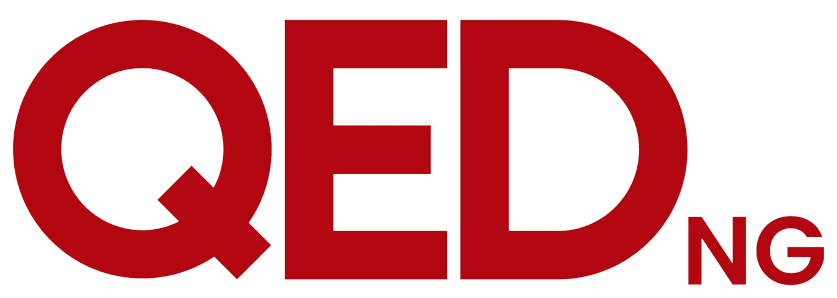As many as 64 African migrants, including a mother whose surviving three-year-old child clung to her as she drowned, are feared dead after a traffickers’ overcrowded rubber dinghy began to sink in the Mediterranean Sea.
Many of those on the ill-fated boat were Nigerians.
The inflatable vessel loaded with men, women and children left Garabulli, 50 kilometres (31 miles) east of Tripoli, on Friday night, but after eight or nine hours it began to deflate and take on water.
Several people fell overboard, while others clung on to what was left of the boat as the bodies of drowned victims floated in the sea.
The Libyan navy and Italian coastguard rescued 86 people and recovered the bodies of six women and two men.
64 migrants lost their life in the shipwreck occured last Saturday.According to testimonies gathered by @OIMItalia staff in Catania, the rubber dinghy, at the moment of the departure, was carrying 150 migrants.Survivors are 86. 8 corpses recovered and probably 56 missing migrants
— Flavio Di Giacomo (@fladig) January 8, 2018
When the survivors arrived in Catania in Sicily on Monday, they said the boat had left with 140 to 150 people on board, meaning dozens were missing, including 15 women and six children aged two to six, according to aid groups — the United Nations High Commissioner for Refugees (UNHCR), the International Organization for Migration (IOM) and Doctors without Borders (MSF).
“We saved 86 migrants,” Maria Rita Agliozzo, an Order of Malta doctor on the Italian coastguard vessel, told Radio Radicale.
“We did many resuscitations. We resuscitated two children – a two-year-old and a three-year-old – and also a woman.”
Catania mayor, Enzo Bianco, told Italian Radio Radicale that among the survivors was a child who lost her mother.
“I watched a three-year-old girl while she was starting to play at the port here. She was saved, grabbed at the last second by the coast guard in the sea,” the mayor said.
“She was clinging to her mother and she saw her drown.”
Mr Bianco said the child is now with her aunt, who was among the survivors.
The IOM and UNHCR said the migrants came from The Gambia, Guinea, Sierra Leone, Mali, Ivory Coast, Senegal, Cameroon and Nigeria.










